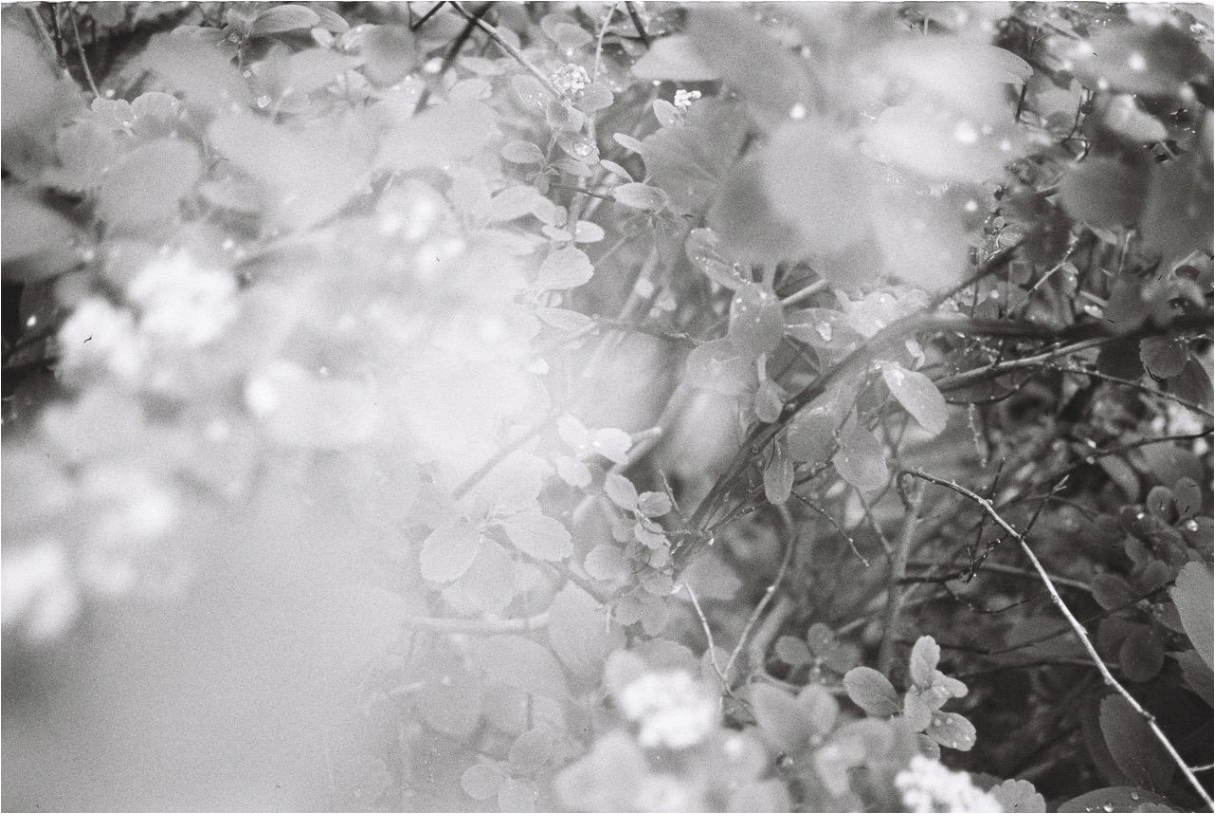L’Enfant Sauvage
Rue de l'enseignement 23
1000 Bruxelles
https://www.enfantsauvagebxl.com/
CAT ISLAND BLUES - Katherine Longly (BE, 1980)
16 January - 15 March 2026
FR CAT ISLAND BLUES nous emmène sur Aoshima, une minuscule île d’un kilomètre de long, baignée par les eaux de la mer intérieure de Seto au Japon. À son apogée, dans les années 1940, l’île comptait près de 900 habitants, dont la plupart vivaient de la pêche. La population a ensuite rapidement décliné. En 2013, elle est devenue, bien malgré elle, une attraction prisée par des touristes de tout le Japon - et même du monde entier - pour son importante colonie de chats. Aujourd’hui, il ne reste sur l'île que trois personnes âgées et une quarantaine de félins vieillissants. Mais que s’est-il passé à Aoshima ? Dans CAT ISLAND BLUES, Katherine Longly raconte son expérience sur cette île : de la surprise face au décalage entre les images postées par les touristes - qui l’avaient attirée sur place - et la réalité, à l’attachement profond qu’elle a noué avec le lieu. Elle nous livre une histoire fragile et singulière — celle des humains et des chats d’Aoshima. Ce récit fait écho aux mutations démographiques profondes qui bouleversent le Japon contemporain, et questionne aussi, plus largement, l’impact du surtourisme, les choix de fin de vie et notre manière de partager le monde avec les autres espèces. Mais avant tout, CAT ISLAND BLUES cherche à préserver la mémoire d’une île au destin unique, juste avant qu’elle ne s'efface.
NL CAT ISLAND BLUES neemt ons mee naar Aoshima, een piepklein eiland van slechts één kilometer lang, omgeven door de wateren van de Binnenzee van Seto in Japan. Op het hoogtepunt in de jaren 1940 telde het eiland bijna 900 inwoners, waarvan de meesten van de visserij leefden. De bevolking daalde vervolgens snel. In 2013 werd het eiland, zij het onvrijwillig, een populaire trekpleister voor toeristen uit heel Japan — en zelfs de rest van de wereld — vanwege de grote kattenkolonie. Tegenwoordig wonen er nog slechts drie oudere mensen en een veertigtal verouderende katten. Maar wat is er gebeurd op Aoshima? In CAT ISLAND BLUES vertelt Katherine Longly over haar ervaring op dit eiland: van de verrassing over de kloof tussen de afbeeldingen die door toeristen waren geplaatst — die haar aanvankelijk hadden aangetrokken — en de werkelijkheid, tot de diepe band die ze met de plek ontwikkelde. Ze vertelt een kwetsbaar en uniek verhaal — dat van de mensen en katten van Aoshima. Dit verhaal weerklinkt de ingrijpende demografische veranderingen die het hedendaagse Japan transformeren en werpt ook bredere vragen op over de impact van massatoerisme, keuzes rond het levenseinde en hoe we de wereld met andere soorten delen. Voor alles probeert CAT ISLAND BLUES de herinnering aan een eiland met een uniek lot te bewaren, net voordat het verdwijnt.
EN CAT ISLAND BLUES takes us to Aoshima, a tiny island just one kilometer long, bathed by the waters of the Seto Inland Sea in Japan. At its peak in the 1940s, the island had nearly 900 inhabitants, most of whom made their living from fishing. The population then rapidly declined. By 2013, the island had, somewhat reluctantly, become a popular attraction for tourists from across Japan — and even the world — due to its large cat colony. Today, only three elderly people and around forty aging felines remain. But what happened on Aoshima? In CAT ISLAND BLUES, Katherine Longly recounts her experience on this island: from the surprise at the gap between the images posted by tourists — which had initially drawn her there — and the reality, to the deep attachment she developed to the place. She tells a fragile and singular story — that of the humans and cats of Aoshima. This narrative echoes the profound demographic changes transforming contemporary Japan and also raises broader questions about the impact of overtourism, end-of-life choices, and the ways we share the world with other species. Above all, CAT ISLAND BLUES seeks to preserve the memory of an island with a unique fate, just before it disappears.
Image : ©Katherine Longly
OPENING HOURS
Mon closed
Tue closed
Wed closed
Thu 2.30pm-7pm
Fri 2.30pm-7pm
Sat 2.30pm-7pm
Sun 2.30pm-7pm
_
ADMISSION PRICE
Free admission




